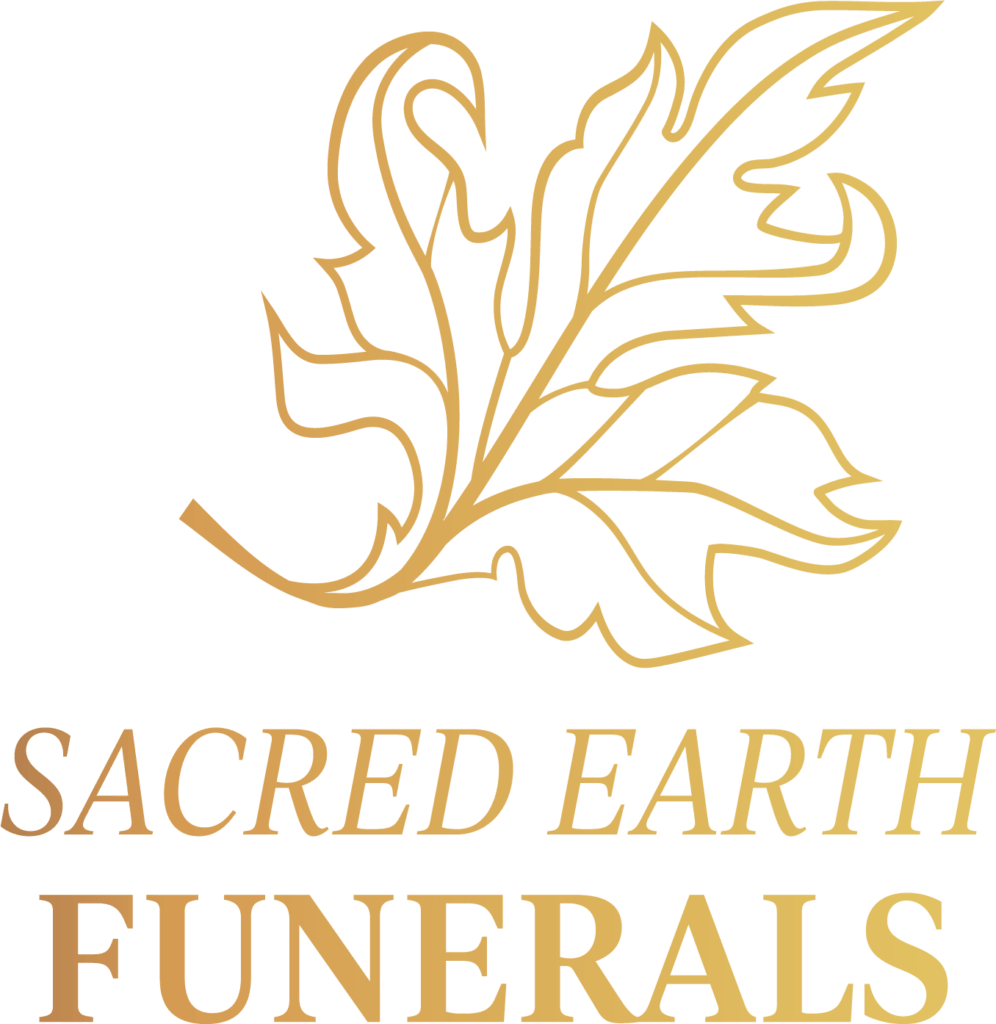
(4 part series on Human Disposition)
PART 1. HOW WE DISPOSE OF BODIES IN AUSTRALIA
At the end of our lives, each of us will have contributed some amount to the growing pollution crisis on our planet. This remains the unsavoury legacy we leave on Earth for future inhabitants. Most of the waste (landfill and emissions) that we have produced in a human lifetime will remain long after our bodies have crumbled back into dust. There is a huge environmental cost to living the way we do in this century and our choices in death matter as much as the ones we make in life. Modern methods of disposition are often the last acts of waste we leave on the planet. Part of taking responsibility for our impact is to consider how we would like our body to be disposed of after we die. What are the consequences of our choices to the life that continues?
Most Australians still opt for burial or cremation, largely because they are by far the most accessible methods of disposition available at this time. Although cremation is a tidy, space saving option, the crematory process still involves the creation and expulsion of various levels of particulates, large amounts of carbon dioxide and monoxide, other dioxins, nitrogen oxides and even heavy metals like mercury from dental amalgams that are vaporised along with fine soot during incineration, and then released into the air we breathe.
Alternatively, the ritual of burial is such an ingrained religious and cultural tradition that we may forget how unsound a practise it has become. Many established funeral homes still offer outdated embalming as a standard practise option, even though embalming chemicals are some of the most toxic on the planet. They include methanol, phenyl and formaldehyde which is a human carcinogen. In the US almost a million gallons of formaldehyde are put into our Earth each year. It’s utterly astonishing.
Numerous other toxic materials go into burial. In Australia, we popularly use particle board coffins which may be covered by paper veneers hiding the evidence of all the solvents and glues, plastics and chemical varnishes used in construction. Even lead may still be used in their production. We also use plastic handles on coffins and line them with thick plastic wrap to stop any evidence of bodies leaking in death. We can still choose to bury our dead in concrete lined plots and construct elaborate burial crypts and chambers as a gesture of preservation and remembrance.
But there are also incalculably precious materials that are used in the death industry, materials that should never be taken from life just to be concealed under the soil in this way. Globally, many of the finest hardwood trees from ancient forests are razed to make coffins. As consumers, we are complicit in this act if we purchase high end coffins, which is truly contrary to honouring our dead. The amount we spend on the purchase of a coffin is not proportionate to how much we have loved our dead. In fact, using non-sustainable timbers is short-sighted and tragic. Millions of acres of hardwood forests are being lost to this use. As consumers, our responsibility is to ask our funeral director for the cheaper, sustainable material coffins.
Sacred Earth Holistic Funerals supports non-aggressive death care practises, both to the environment and in the care of our deceased and their families. We hold true that the most natural forms of care for our deceased are also the most appropriate ways of honouring a human life. The bodies of our beloved dead have been the sacred vessels of life, and as such, deserve to be tenderly returned – toxin free, to the arms of the Earth at the end of life.
There are much kinder alternatives to the current Australian options of standard burial or cremation. Imagine the following scenario …
What if, at the end of your life when your body has finished its service to you, you have a means to return it gently to the Earth from which it came, with gratitude and thanks and the significance of a life that was lived and loved? Would you allow your body to feed the earth in a way that is a gift to both the planet and to future generations? I believe the great majority of us would say ‘Absolutely YES’.
The Case for Natural Burial is Part 2 of our series on Human Disposition: What to do with your body after you’re dead.


